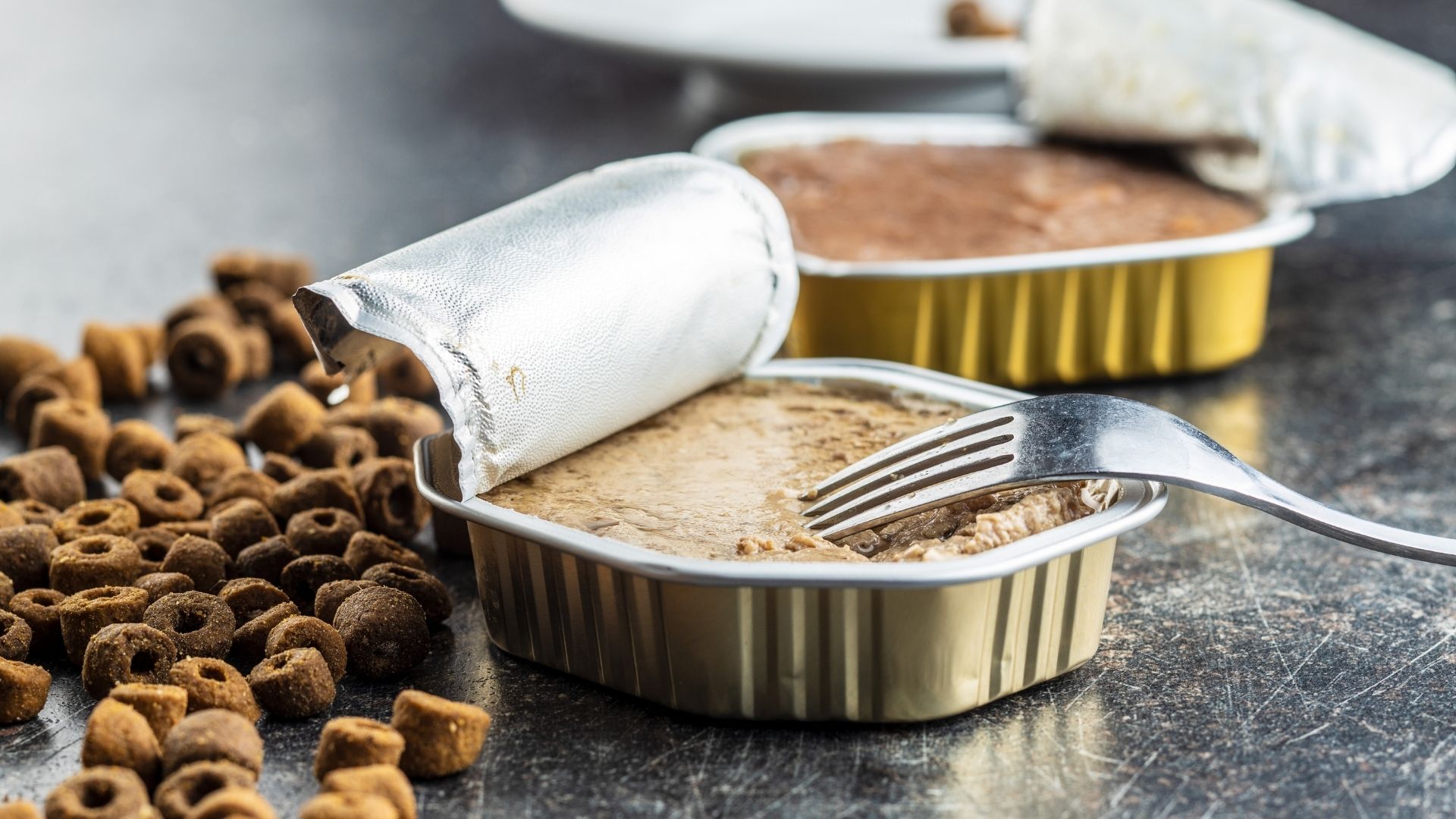

Articles
How To Store Wet Cat Food
Modified: December 7, 2023
Learn the best methods for storing wet cat food to keep it fresh and safe for your feline friend. Check out our articles for helpful tips and guidelines.
(Many of the links in this article redirect to a specific reviewed product. Your purchase of these products through affiliate links helps to generate commission for Storables.com, at no extra cost. Learn more)
Introduction
When it comes to feeding our feline friends, many cat owners opt for wet cat food as it offers a range of benefits. Wet cat food is not only highly palatable, but it also provides essential hydration and can be easier to digest for cats with sensitive stomachs. Whether you buy it in bulk or have leftovers from your cat’s meal, proper storage of wet cat food is crucial to maintain its freshness and quality. In this article, we will delve into the importance of storing wet cat food correctly and provide you with some handy tips to ensure that you keep your furry friend’s meals safe and nutritious.
Key Takeaways:
- Properly storing wet cat food is crucial for maintaining freshness, preserving nutrients, and preventing bacterial growth. Follow temperature, portioning, and labeling guidelines to ensure your feline friend enjoys safe and nutritious meals.
- Refrigerate promptly, use airtight containers, and freeze excess portions to extend shelf life. Always check expiration dates and monitor for spoilage to provide your cat with fresh, safe, and wholesome wet food.
Read more: How To Store Cat Wet Food
Why store wet cat food?
As a cat owner, you may wonder why it is necessary to store wet cat food properly. Well, there are several reasons why proper storage is important:
- Freshness: Wet cat food contains higher moisture content than dry cat food, making it more susceptible to spoilage. By storing it correctly, you can help maintain its freshness, ensuring that your cat is getting the best quality food.
- Nutritional integrity: Wet cat food is formulated to provide balanced nutrition, containing essential vitamins, minerals, and proteins. Improper storage can lead to nutrient degradation, diminishing the nutritional value of the food.
- Preventing bacterial growth: Wet cat food provides an ideal breeding ground for bacteria if not stored properly. Bacterial growth can pose health risks to your cat, leading to digestive issues or food poisoning.
- Cost savings: By storing wet cat food properly, you can reduce waste and save money. Proper storage prevents spoilage and maximizes the shelf life of the food, allowing you to use it before it goes bad.
Overall, storing wet cat food correctly not only ensures your cat is getting fresh and nutritious meals, but it also helps you optimize your budget and minimize the risk of food-related health issues.
Factors to consider when storing wet cat food
Storing wet cat food requires attention to several key factors to maintain its quality and freshness. Consider the following factors when storing wet cat food:
- Temperature: Wet cat food is best stored in a cool and dry place. Avoid exposing it to extreme temperatures, such as direct sunlight or freezing conditions, as this can affect the texture and quality of the food. Aim to keep the storage area at a consistent temperature to prevent spoilage.
- Airtight containers: Investing in airtight containers specifically designed for storing wet cat food is crucial. These containers prevent air and moisture from entering, helping to keep the food fresh for longer. Make sure the containers are easy to clean and have secure lids to prevent any leaks or spills.
- Proper portioning: It is important to portion the wet cat food appropriately before storing. Open cans or pouches should be divided into meal-sized portions to avoid repeatedly exposing the entire container, which can lead to spoilage. Consider using silicone molds or ice cube trays to portion and freeze individual servings.
- Labeling and rotation: When storing multiple cans or pouches, it is essential to label them with the purchase date to maintain proper rotation. Always use the oldest food first to prevent any issues with expiry or deterioration. This practice ensures that your cat is consuming the freshest possible food.
- Location: Choose a storage location that is easily accessible and away from other potential contaminants. Keep wet cat food away from cleaning supplies, chemicals, or any area where there may be a risk of cross-contamination.
By considering these factors, you can effectively store your cat’s wet food and ensure it remains fresh, nutritious, and safe for consumption.
Store wet cat food in an airtight container in the refrigerator to keep it fresh. Make sure to use it within 2-3 days of opening to prevent spoilage.
Tips for storing wet cat food
To maintain the quality and freshness of your cat’s wet food, here are some essential tips for storing it:
- Refrigeration is key: After opening a can or pouch of wet cat food, promptly store the leftovers in the refrigerator. The cool temperature helps slow the growth of bacteria and keeps the food fresh. Avoid leaving wet cat food at room temperature for an extended period of time.
- Use airtight containers: Transfer any unused wet cat food from the can or pouch into airtight containers. This prevents exposure to air and moisture, maintaining the food’s texture and quality. Additionally, it reduces the risk of odors in your refrigerator and keeps the food safe from potential contaminants.
- Freeze excess wet cat food: If you have excess wet cat food, consider freezing it in portion-sized servings. This allows you to extend the shelf life and prevents waste. Use freezer-safe containers or wrap the individual portions tightly in plastic wrap before freezing. Make sure to label the containers with the date for proper rotation.
- Thaw frozen food properly: When it’s time to use the frozen wet cat food, thaw it properly to maintain its quality. Thaw the individual portions in the refrigerator overnight or use the defrost function on your microwave. Avoid thawing under warm water or at room temperature, as it can lead to bacterial growth.
- Follow expiration dates: Wet cat food has an expiry date for a reason. Always check the labels and discard any food past its expiration date. Consuming expired food can lead to health issues for your cat.
- Monitor for signs of spoilage: Before serving wet cat food to your furry friend, visually inspect it for any signs of spoilage. Look for changes in color, texture, or any unusual odors. If you notice any abnormalities, discard the food and do not feed it to your cat.
By following these tips, you can ensure that your cat’s wet food remains fresh, safe, and full of nutrients, providing your feline companion with a wholesome and enjoyable meal every time.
Conclusion
Properly storing wet cat food is essential to maintain its freshness, nutritional integrity, and to prevent any potential health risks for your furry friend. By considering factors such as temperature, airtight containers, portion control, labeling, and location, you can ensure that your cat’s wet food remains in optimal condition.
Remember to refrigerate any opened wet cat food promptly and transfer leftovers into airtight containers to keep them fresh. Freezing excess wet cat food in portion-sized servings can help extend its shelf life, minimizing waste and maximizing your budget. Thaw frozen portions properly to preserve the food’s quality.
Always check expiration dates and discard any expired wet cat food. Regularly monitor the food for signs of spoilage, such as changes in color, texture, or unusual odors, and refrain from feeding it to your cat if any abnormalities are noticed.
By following these tips, you can ensure that your cat enjoys fresh, nutritious, and safe wet cat food every time. Prioritizing proper storage practices not only benefits your cat’s health, but also promotes cost savings and reduces unnecessary waste.
So, whether you are stocking up on wet cat food or have leftover portions from your cat’s meal, remember the importance of storing it correctly to provide your feline companion with the best quality meals every day.
Frequently Asked Questions about How To Store Wet Cat Food
Was this page helpful?
At Storables.com, we guarantee accurate and reliable information. Our content, validated by Expert Board Contributors, is crafted following stringent Editorial Policies. We're committed to providing you with well-researched, expert-backed insights for all your informational needs.
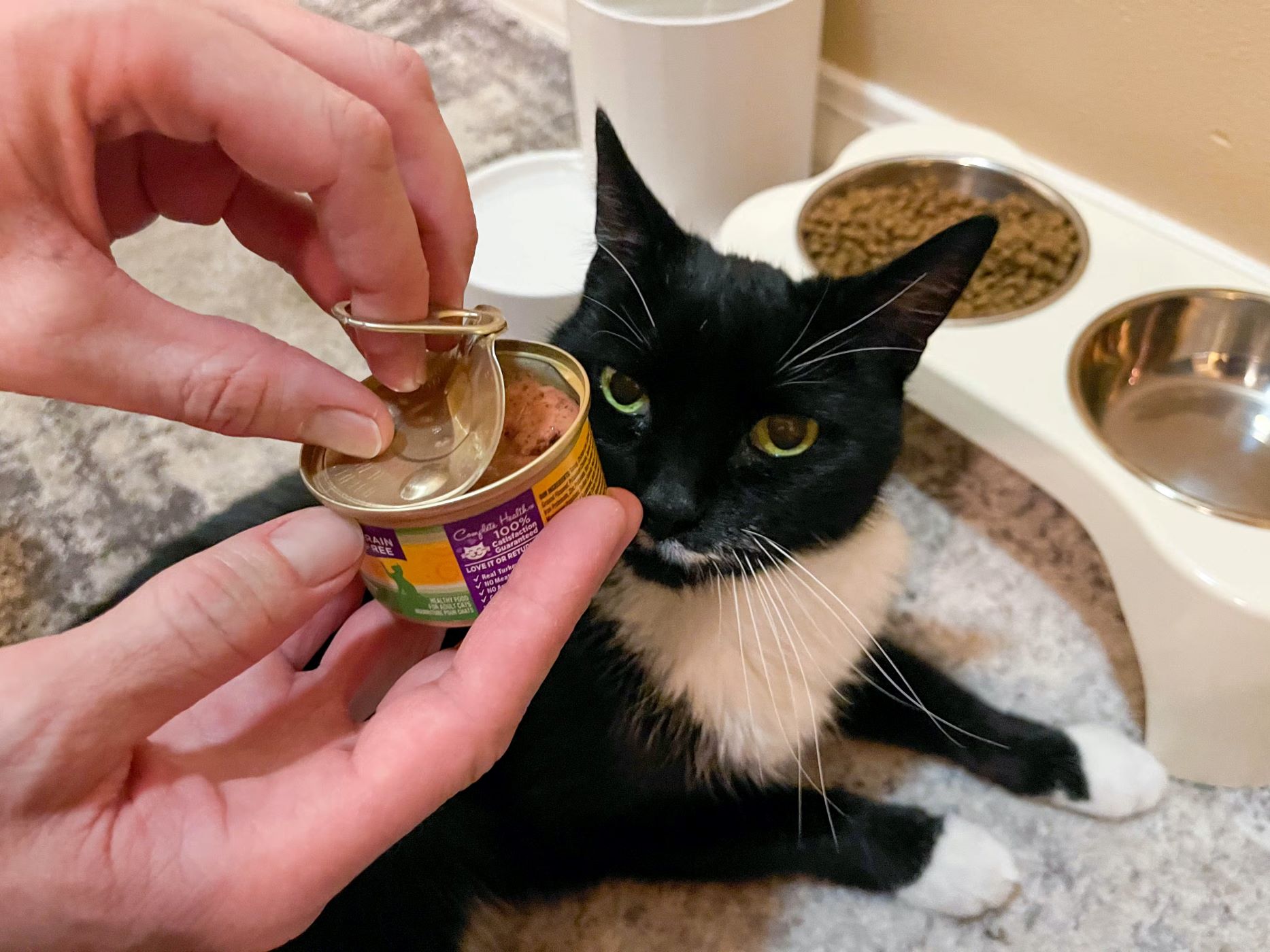
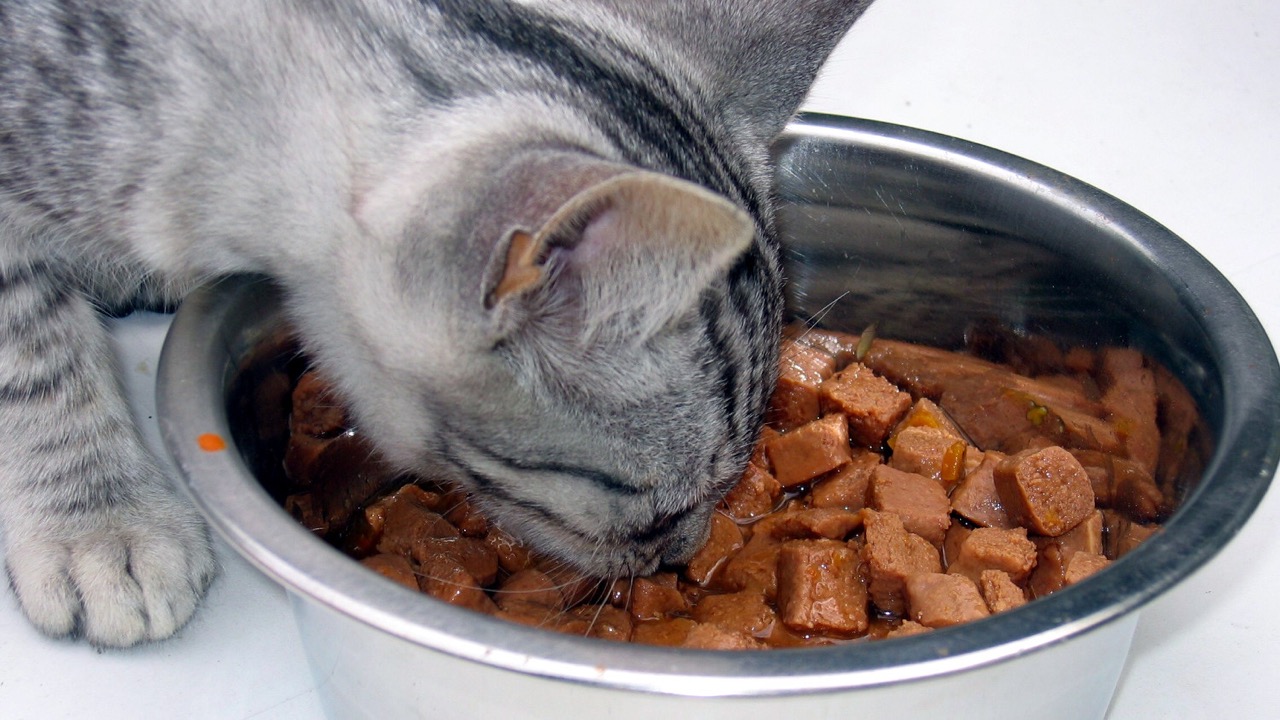
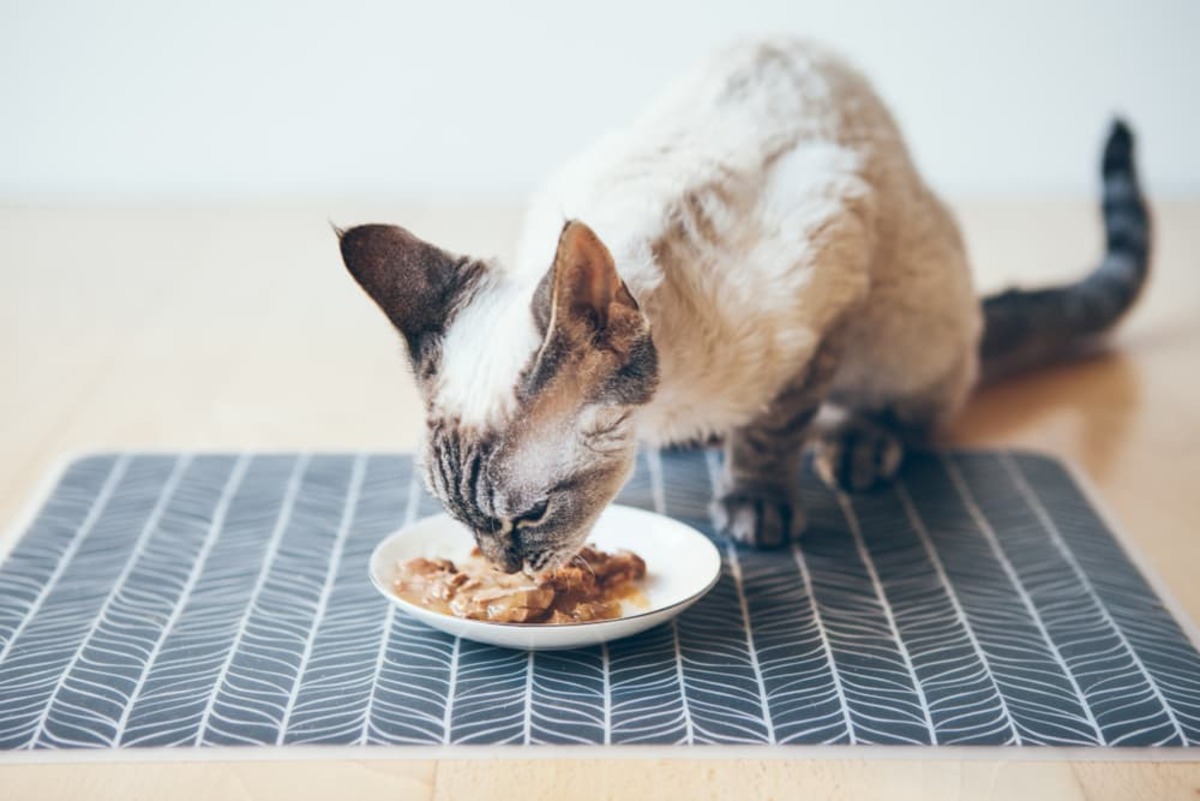
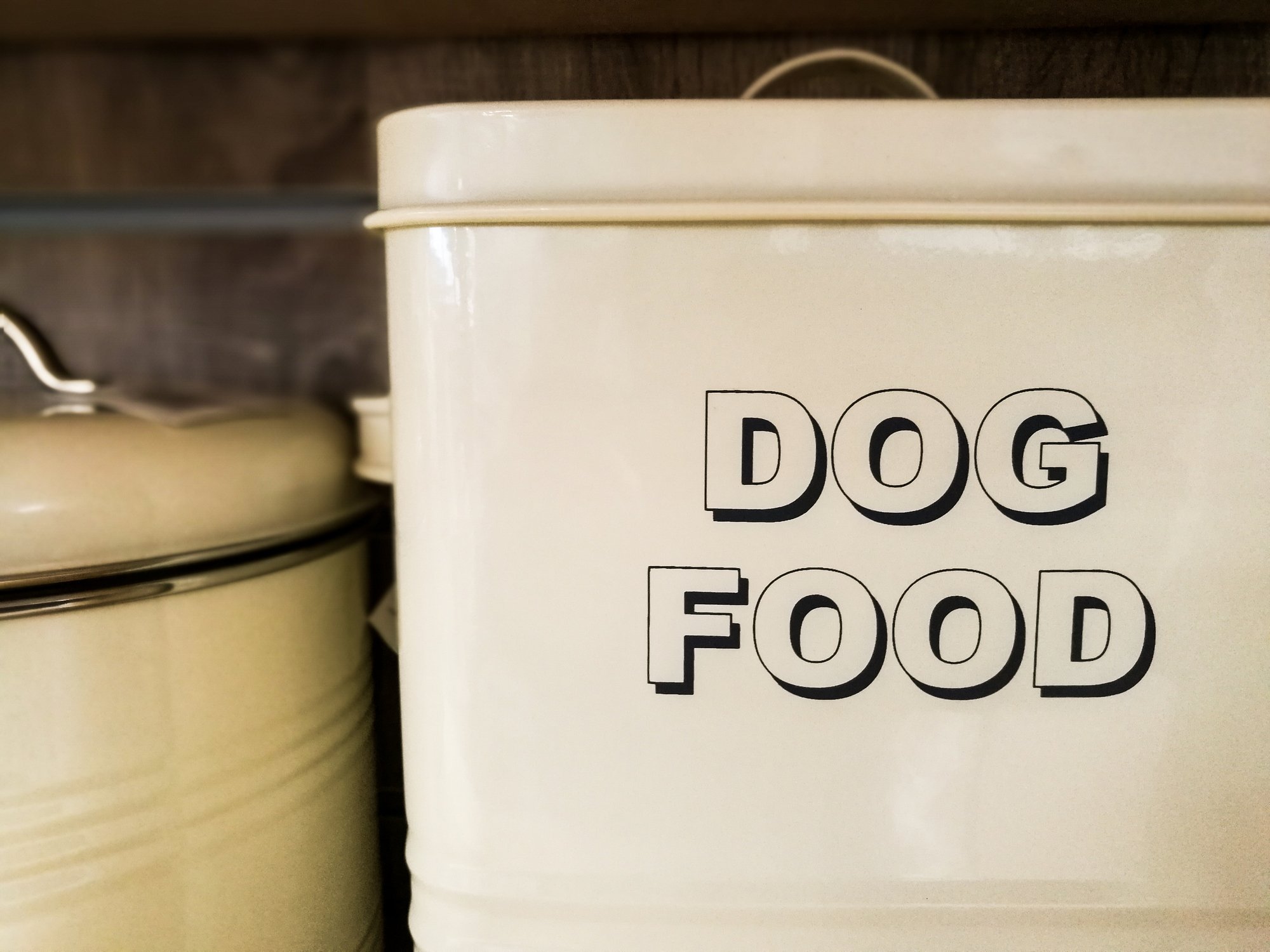
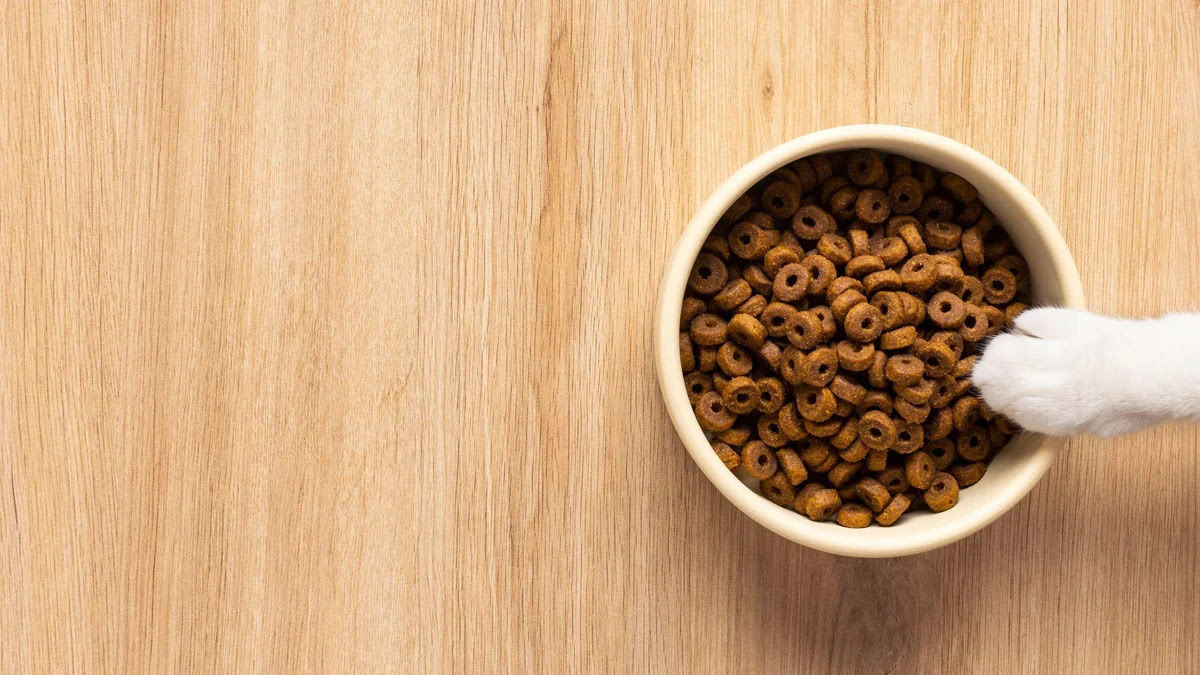
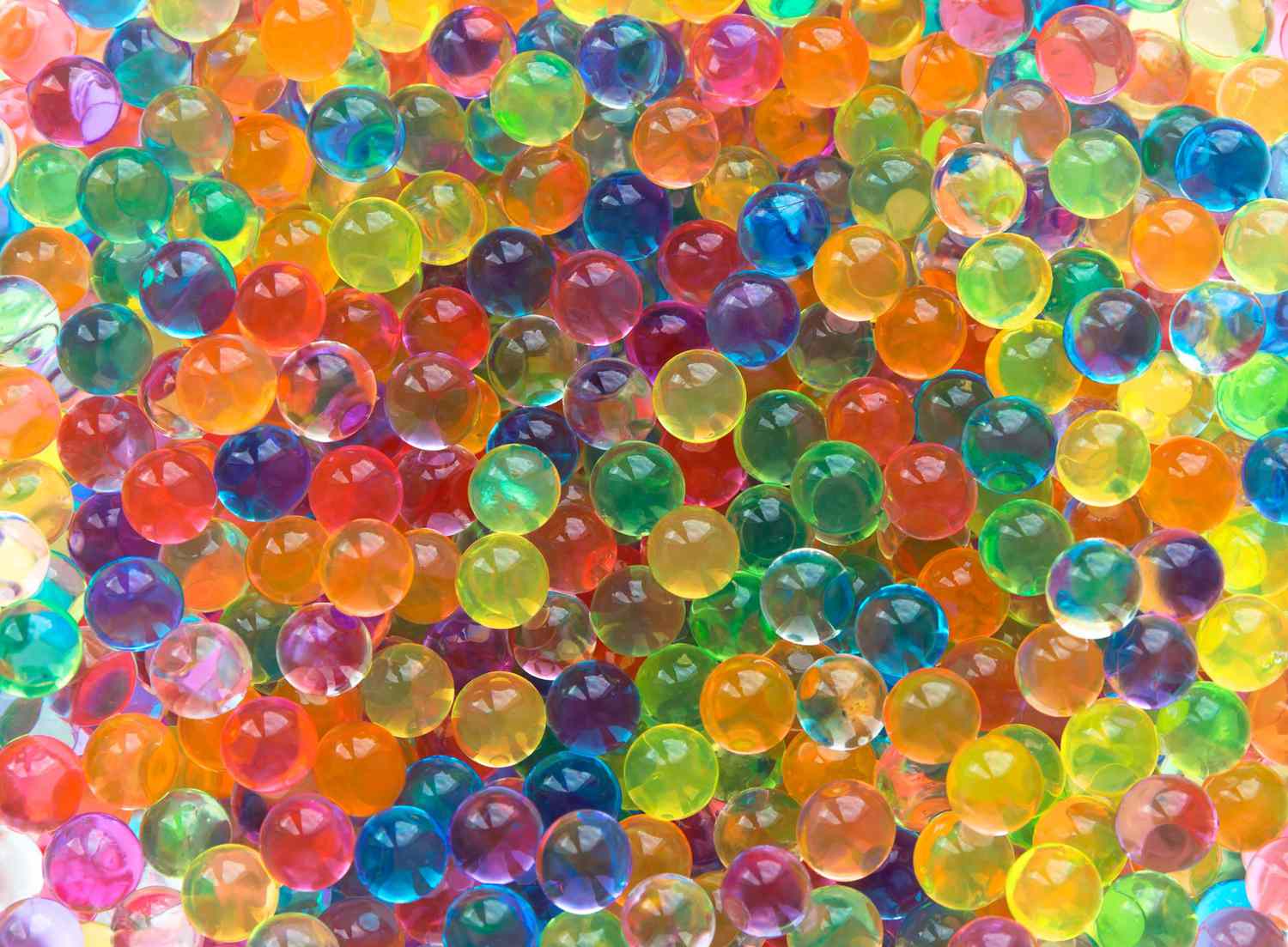

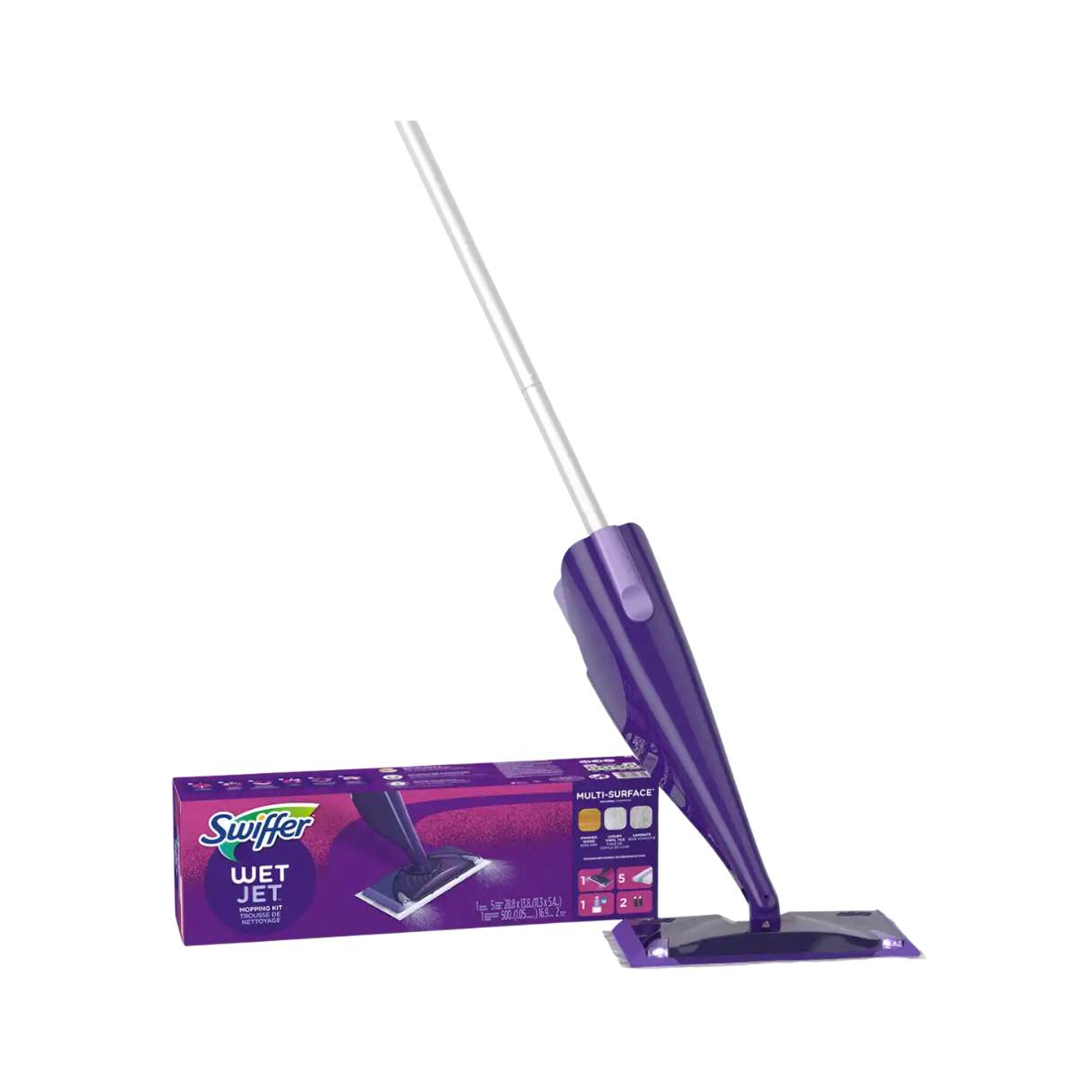
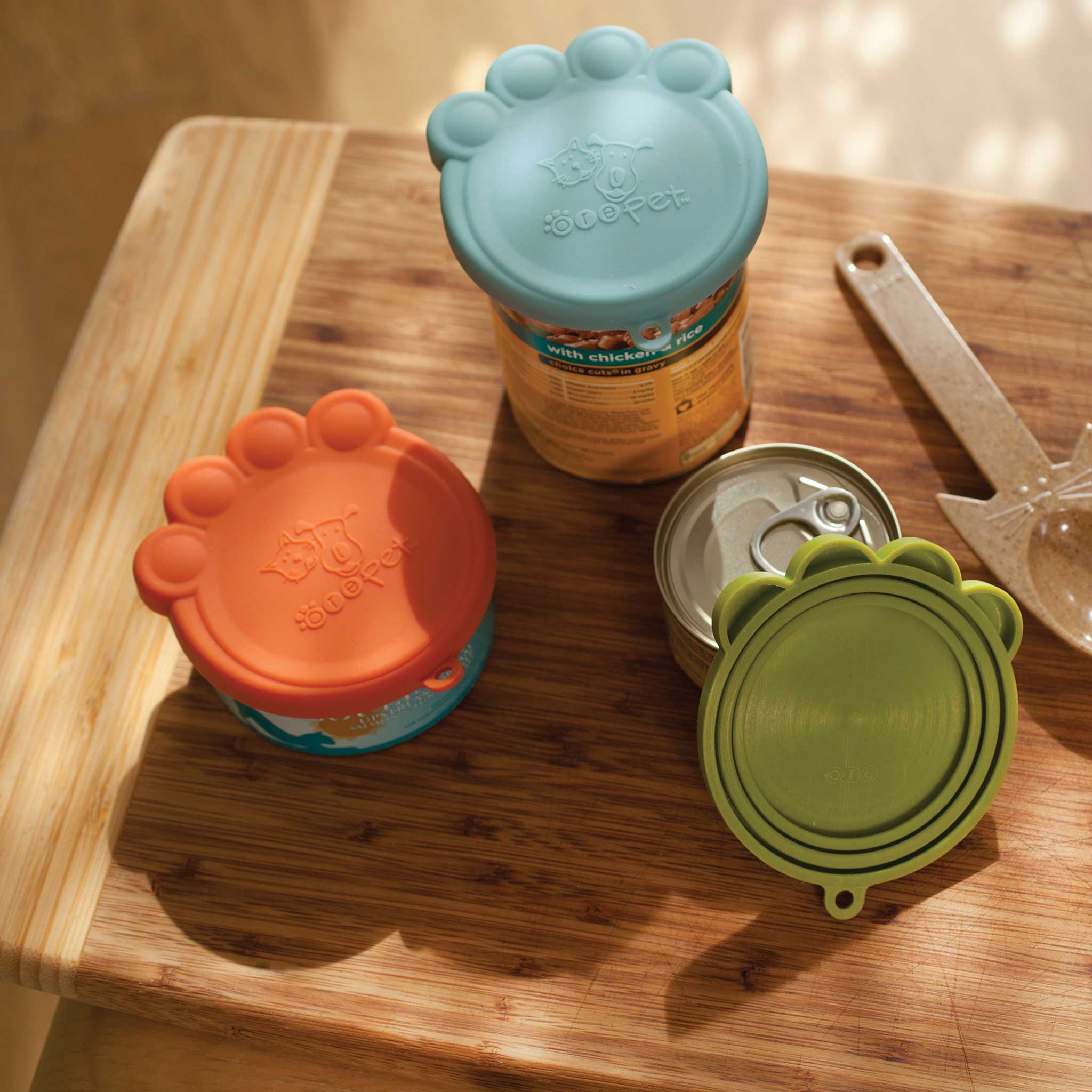
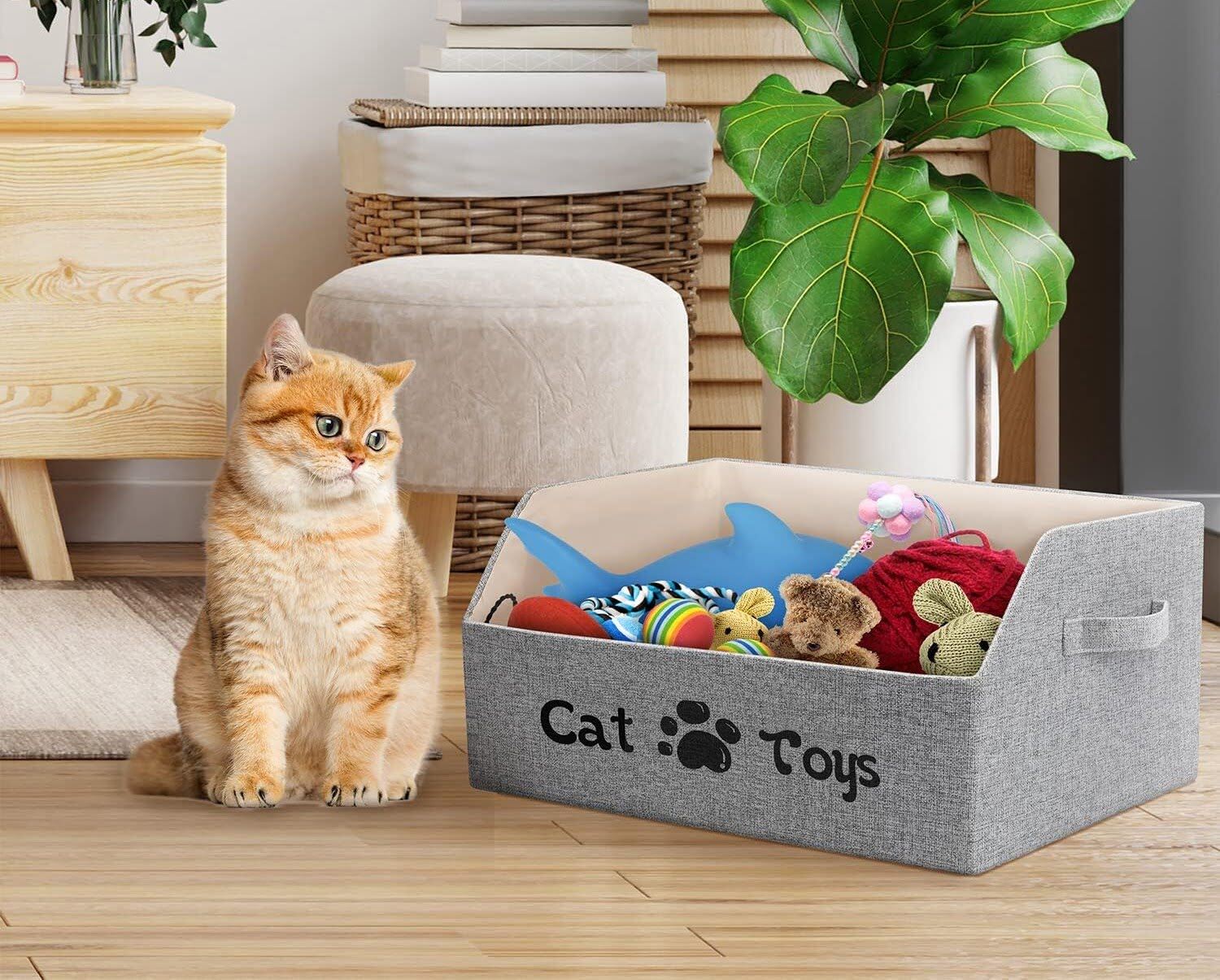
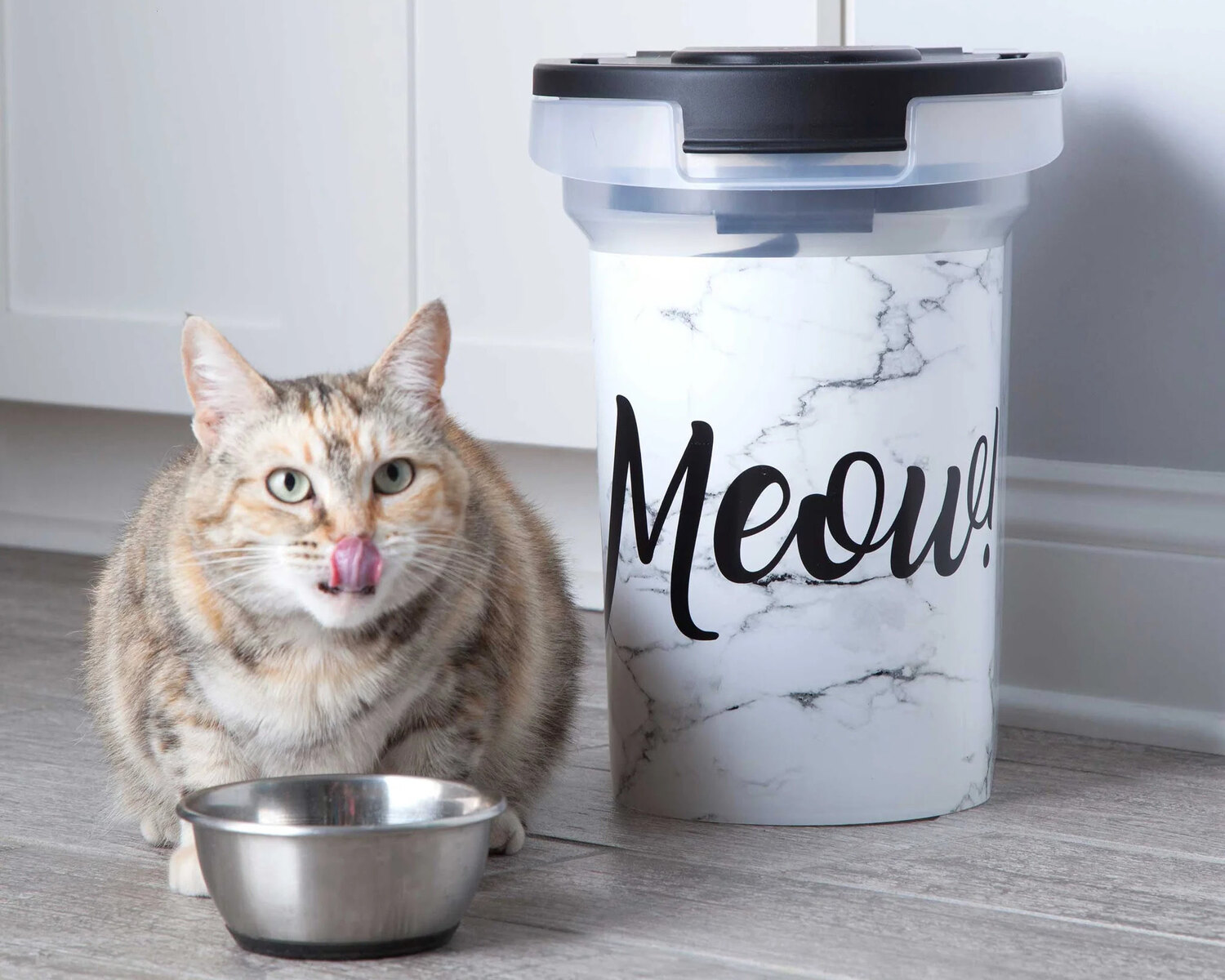
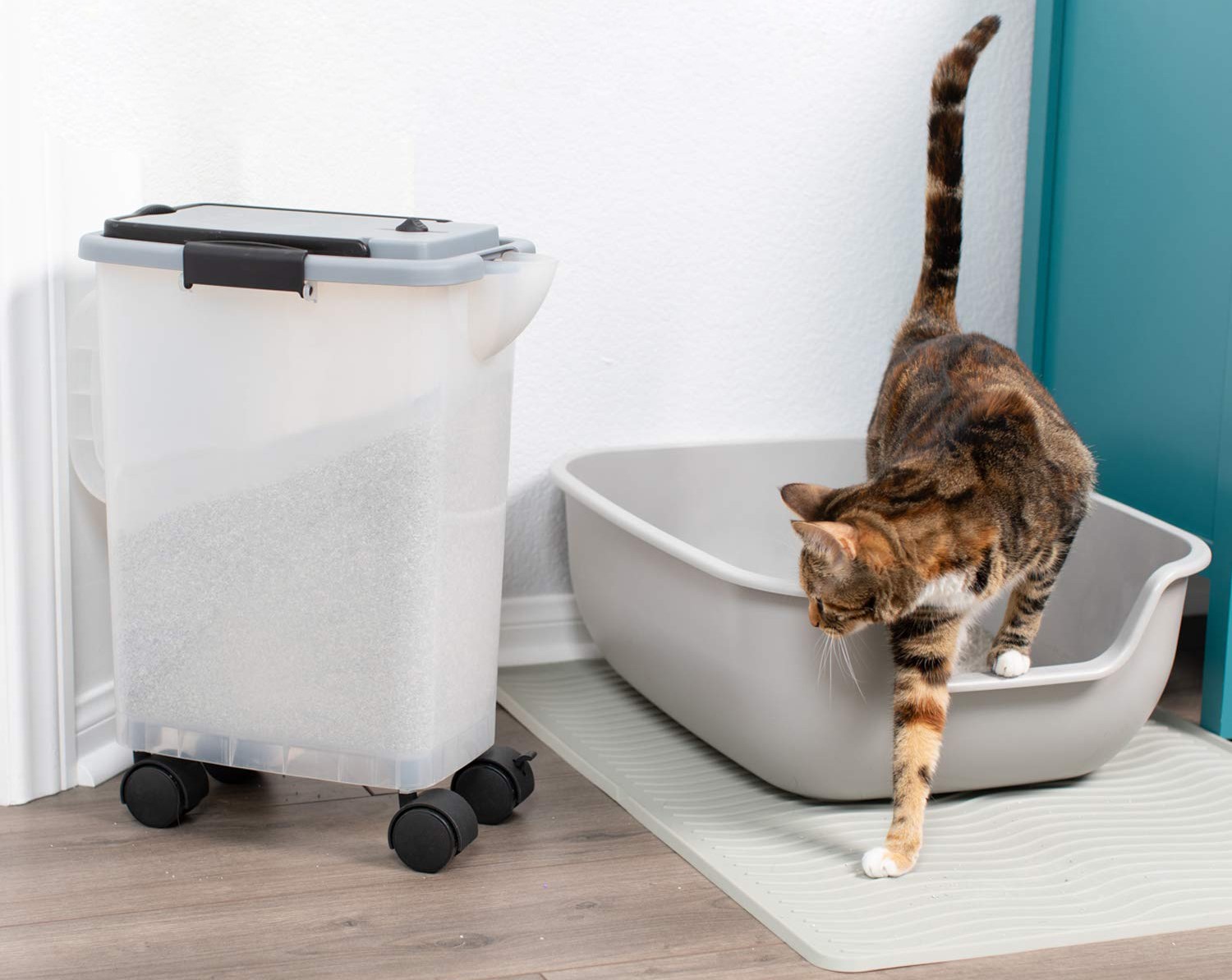
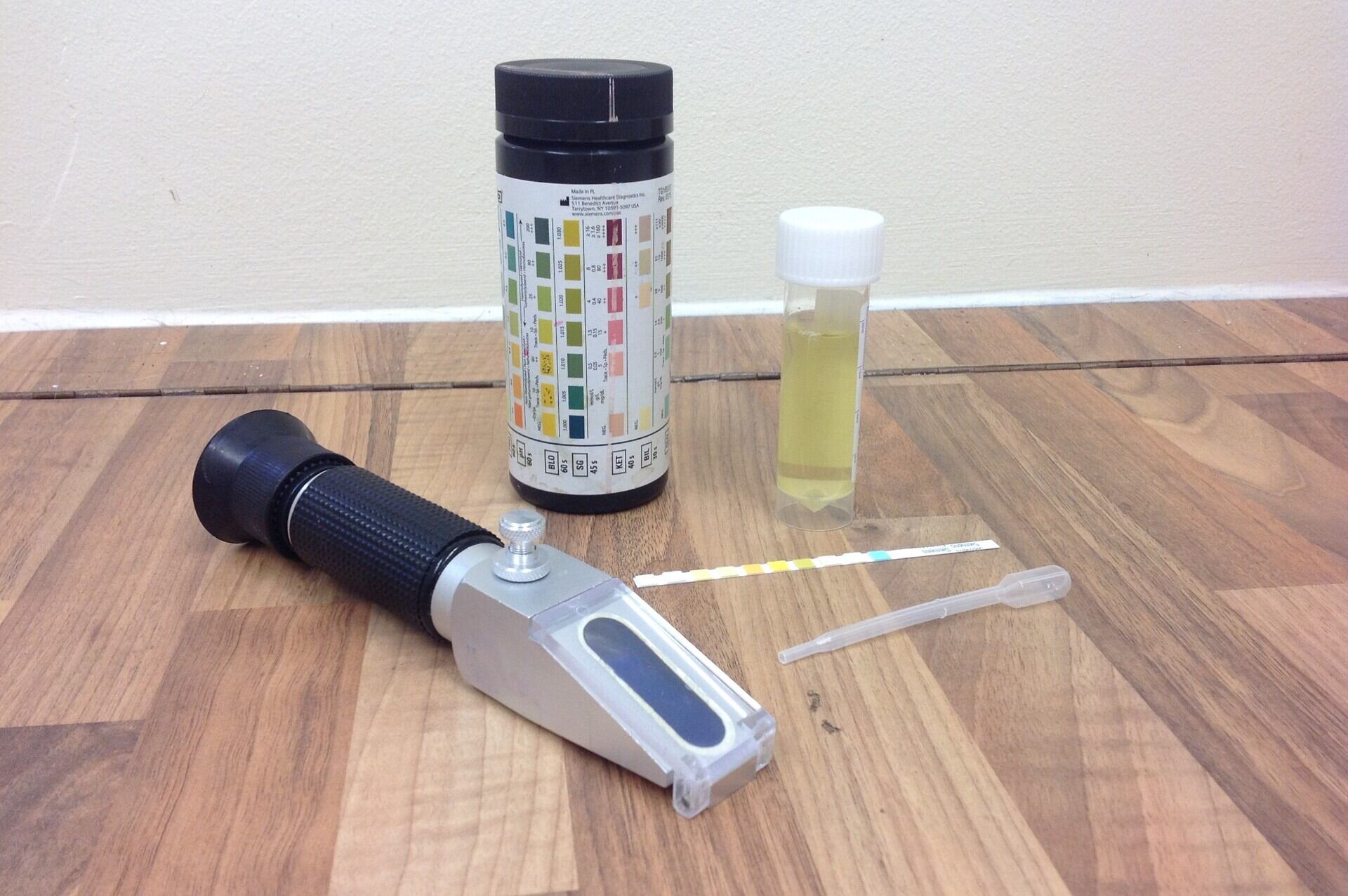
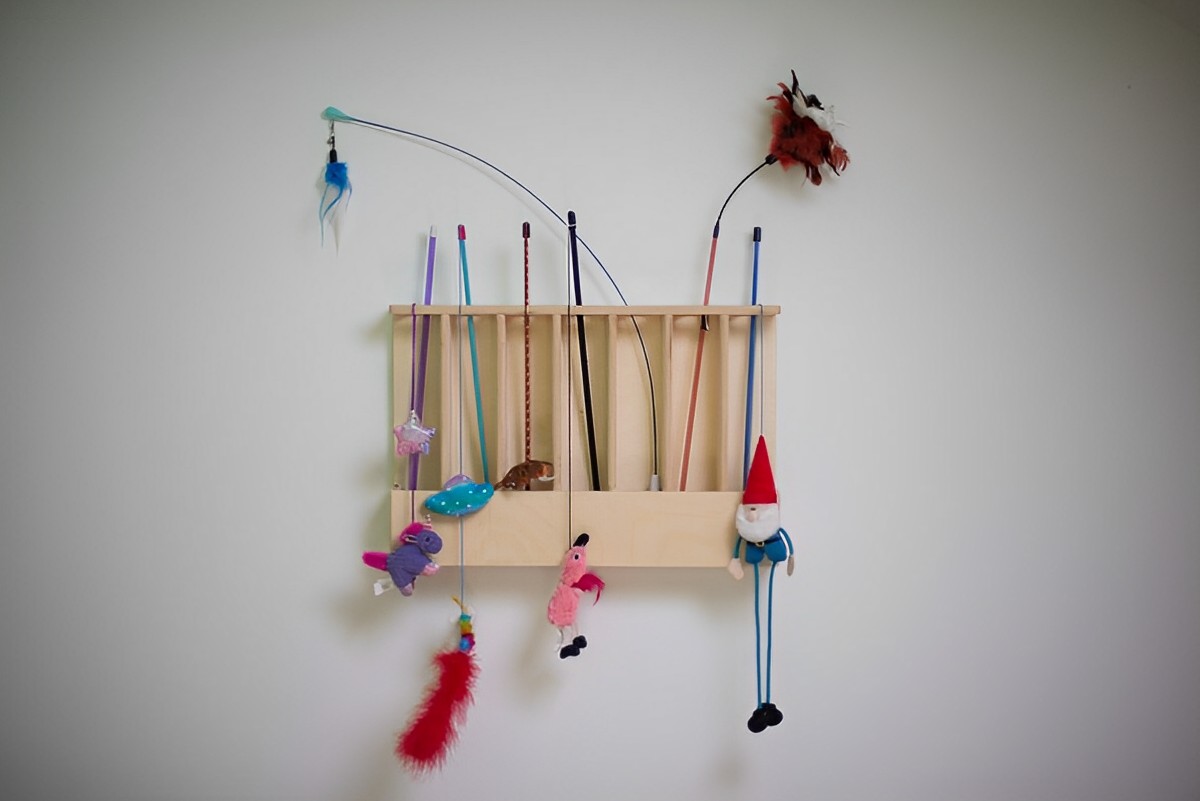
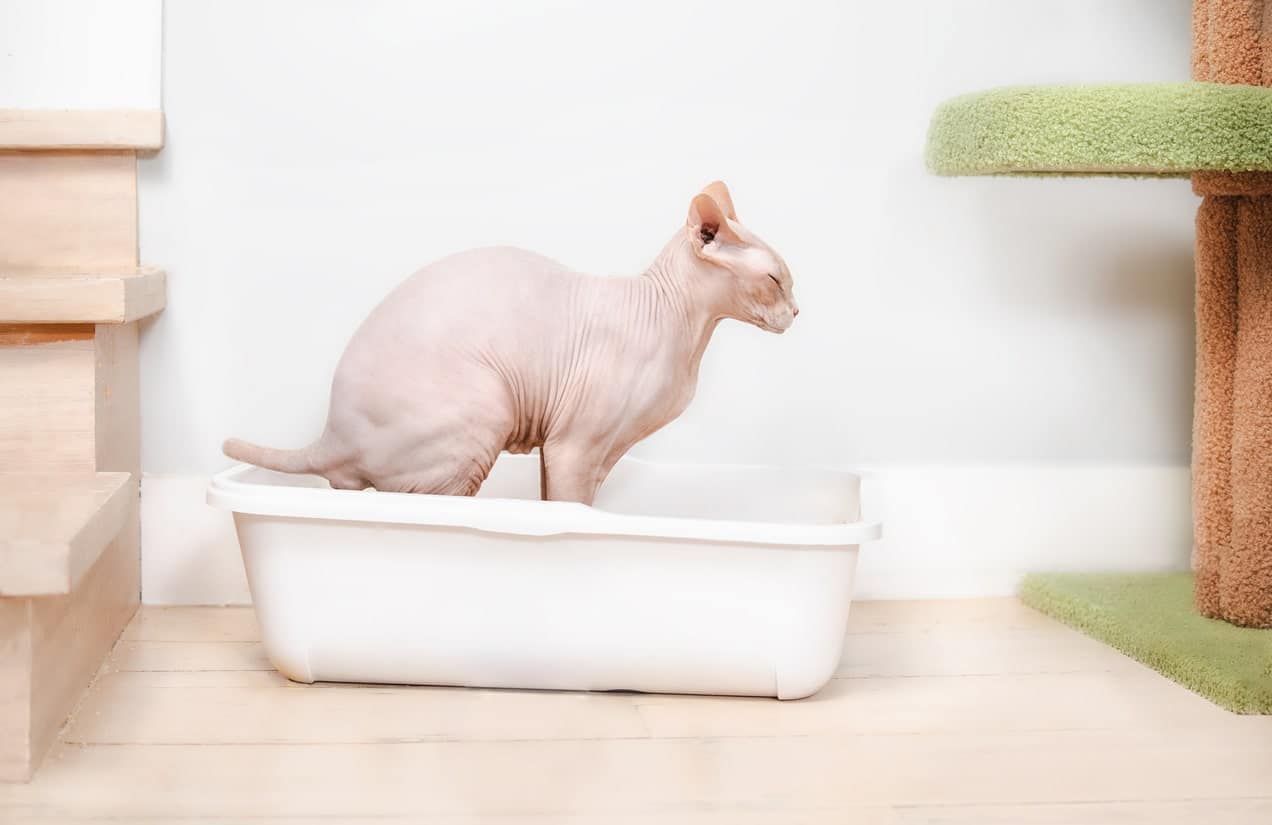

0 thoughts on “How To Store Wet Cat Food”